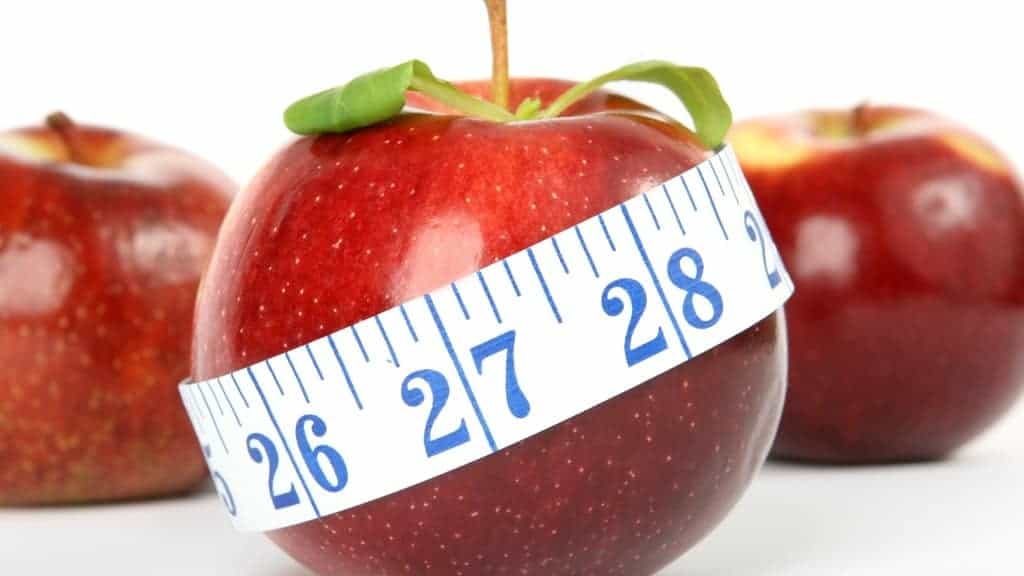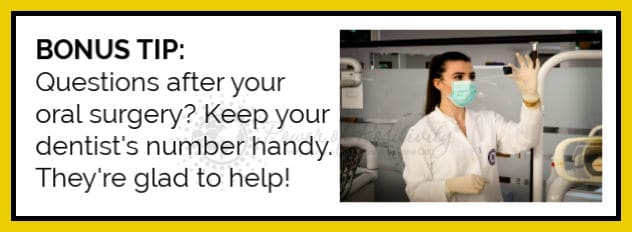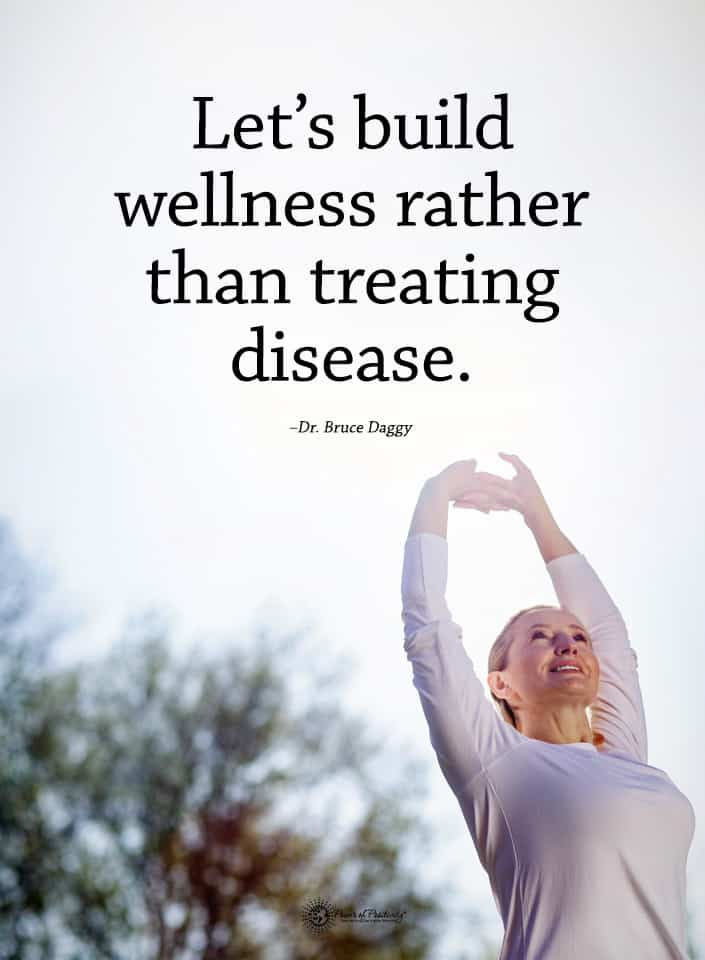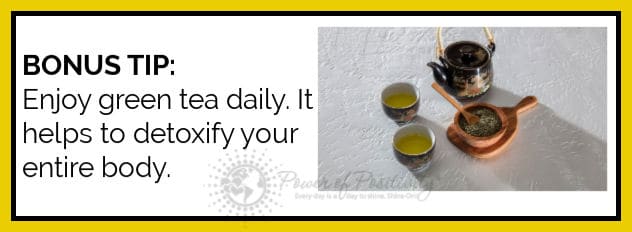Have you ever accused someone of being a narcissist? Have people ever accused you of being a narcissist?
If so, you’re in good company. Pretty much everyone has “been” a narcissist at one time or another.
Now, before your defense shield goes up, all of us show narcissist tendencies from time to time. Indeed, it can even be a good thing. For example, children exhibit narcissism as part of a “healthy developmental process.”
See if you’ve ever identified with one or more of the following:
– Need for admiration and attention.
– The desire for love and success.
– Feeling a lack of empathy
– Enjoying the feeling of power and control.
– Feeling self-important or grandiose
So, if you identify with any of the above, you’ve exhibited narcissist traits. Does that mean that you’re a textbook narcissist? Of course not. It means that you’re human.
As you will see, there is a heck of a difference between showing narcissistic traits and being – or meeting the clinical definition of – a pure narcissist.
In this article, we’re going to talk about what makes someone a pure narcissist. Let us first delve into the development of a narcissist.
Narcissistic Personality Disorder (NPD)
“Narcissistic Personality Disorder (NPD) is a personality disorder that involves a long-term pattern of abnormal behavior … [including] exaggerated feelings of self-importance, an excessive need for admiration, and a lack of understanding others’ feelings.” ~ George, F.R and Short, D. “The Cognitive Neuroscience of Narcissism” (source)
From an evolutionary standpoint, self-interest has much survival value. Concern for oneself has allowed human beings to survive what can only have been horrendous conditions in the primal age.
However, excessive self-interest to the degree of non-concern for others provides no value. Selfish behavior – a term that certainly applies to narcissists – undermines the collective efforts of society. Pathological narcissism is a detriment capable of harming both the afflicted and the social community at large.
Heinz Kohut, an Austrian-American psychoanalyst, first coined the term narcissistic personality disorder (NPD) in 1968. Kohut expounded on Sigmund Freud’s 1914 foundational work “On Narcissism,” eventually producing a theory of his own on narcissistic development. According to Kohut’s theory, narcissism is a defense mechanism which permits the narcissist to suppress issues of low self-esteem and generate a positive self-image.
The social psychologist and humanistic philosopher Erich Fromm describes narcissism in more damning terms. It was Fromm who came up with “malignant narcissism” – a condition defined by mental sickness and “the quintessence of evil.”
A Classic Narcissist
Fromm was a German-born Jew who escaped Nazi Germany. He insisted that Adolf Hitler is a visible example of someone who embodied malignant narcissism. (In 2007, a research team from the University of Colorado confirmed that Hitler showed “obvious” traits of NPD. Other disorders listed on the assessment: anti-social behavior, psychosis, sadism, post-traumatic stress disorder, and schizophrenia.)
NPD was first included in the “Bible” of psychiatric disorders, the Diagnostic and Statistical Manual of Mental Disorders, (DSM) in 1980. Information on NPD was rather scant, describing afflicted individuals as “self-aggrandizing.”
In 1987, DSM altered its diagnostic model. This paradigm shift resulted in the further elaboration of NPD. DSM-III-R describes NPD as a condition involving “…fantasies of unlimited success, power, brilliance, beauty, or ideal love … [and] chronic feelings of envy.”
However, clinical narcissism is quite rare. Per the DSM, between .5 to 1 percent of the population receive a diagnosis of NPD. Researchers estimate that upwards of 75 percent of those with the disorder are males.
While the description and diagnostic criteria of NPD as a mental health disorder have changed in the last four decades, narcissists display a core set of characteristics across time. It is these core dimensions that we will discuss in the next section.
5 Signs That Someone’s a Pure Narcissist

-
They have a serious sense of entitlement
Entitlement is defined as “the unreasonable expectation that one should receive special treatment or automatic compliance with his or her expectations. In fact, narcissists inexplicably feel a sense of entitlement to all the best that life can offer. Mind you, they haven’t actually earned anything.
A wayward sense of entitlement is where the narcissist’s complete lack of self-awareness shows up. For example, it isn’t uncommon for the narcissist to make demands of their boss, request favors from complete strangers, or treat service people like dirt.
-
They need the admiration of others
Research shows that people who score high in measurements of trait narcissism constantly desire admiration. In intimate relationships, narcissists exhibit excessively inappropriate behavior when “deprived” of high esteem.
The narcissist’s insatiable need for adoration, admiration, approval, and attention is labeled “narcissistic supply.” Psychologists say that this narcissistic supply is a manifestation of the individual’s feeble attempt to “fill the gnawing vacuum” of deeply embedded trauma.
-
They’re incapable of empathy
One factor that clearly distinguishes narcissists from others is the former’s lack of empathy. Empathy is defined by the Oxford Dictionaries as “the ability to understand and share the feelings of another.”
Because of their low levels of empathy, narcissists are more apt to exhibit volatile emotions in close relationships, e.g., anger and aggression. While more calculating in professional settings, researchers deduce that the low empathy NPD sufferers also have a toxic effect on the work environment.
-
They act superior and grandiose
People with NPD often exaggerate their skills, abilities, and merits in professional settings. It is also common for narcissists to overstate their relationships with important people in attempts to “get ahead.” Their delusional grandiosity also manifests in interpersonal communication. A misplaced sense of superiority often manifests in the outright monopolization of conversations.
Another way of describing these and other misplaced perceptions is delusions of grandeur. That is, if current reality does not reflect their grandiose views, they will construct a fantasy world inside their heads “propped up by distortion, self-perception, and magical thinking.”
-
They are very sensitive
An often unmentioned symptom of narcissists is this…
Unsurprisingly, narcissists don’t respond well to criticism of any kind. The same goes for criticism that’s intended to be lighthearted or jovial. Aside from criticism – real or not – narcissists are extremely sensitive to other perceived “snubs.”
Other outward displays of a narcissist’s sensitivity are brooding and rage. Of course, both result from the ‘narc not getting their way. Agitation and rumination reach a crescendo and the things quickly escalate. Additionally, many sensitive narcissists have extreme difficulty coping in a world that doesn’t cater to their every need.
Final Thoughts: “Mo’ Money Mo’…Narcissism?”
“Americans may be more narcissistic now than ever, but narcissism is not evenly distributed across social strata. Higher social class is associated with increased entitlement and narcissism.”
~ Paul K. Piff, Professor of Psychology, University of California-Berkeley (source)
In a 5-study analysis published in the journal Personality and Social Psychology Bulletin, psychologist Paul K. Piff demonstrates a direct link between a country’s development, social class, and narcissistic tendencies.
Piff found that individuals who report a higher social class are more likely to hold a strong sense of entitlement. Interestingly, a strong correlation connects parents’ educational attainment and proclivity for narcissistic feelings. Furthermore, citizens of individualistic, developed nations show traits of narcissism more often than citizens of collectivist nations.
Other conclusions reached in Piff’s study:
– Narcissistic trends have been increasing in society, especially in developed countries.
– Upper-class individuals demonstrate the most pronounced narcissistic traits of any demographic.
– Lower-class individuals demonstrate “less accelerated” narcissistic traits if increasing at all.
In a fascinating study published in the Journal of Business Ethics, researchers found a connection between the “narcissistic traits of 1,126” chief executive officers (CEOs) and the inflation of corporate earnings. finally, the study’s researchers reached their conclusion by analyzing the accounting and earnings management strategies of firms’ financial performance.
The research team attributes the findings to something called the upper echelons theory. The upper echelon theory is a popular management theorem published in 1984 by Professors of Management Donald C. Hambrick and P. Mason of Penn State University.
The upper echelon’s theory states that organizational outcomes, i.e., financial performance, is predictable using just the “managerial background characteristics” of executive management. More specifically, the inflation of a company’ financial records relates directly to the qualitative narcissistic traits of its CEOs.
What a world, what a world….
















